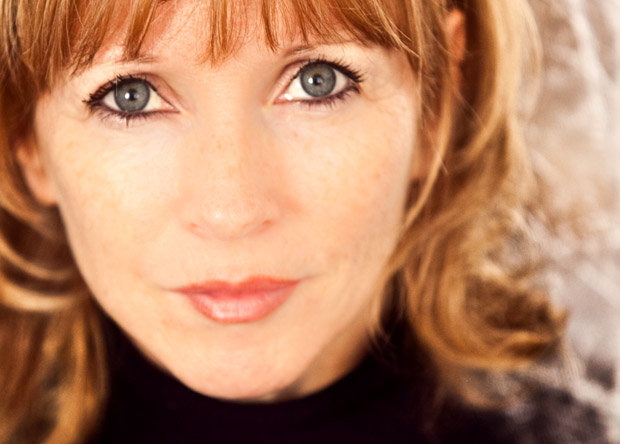
© Maria-Helena Buckley. (Click image for larger version)
Brendan McCarthy talks to Marguerite Donlon who spans the dance world from Irish dance to ballet to contemporary, directs her own company in Germany and has a growing international reputation as a choreographer, not least for Mark Baldwin’s Rambert Dance Company who are about to premiere her latest piece…
www.rambert.org.uk
www.theater-saarbruecken.de – home of Donlan Dance Company
Donlon Dance Company on Facebook
“If there was a hard way or an easy way, I would always choose the hard way”, the choreographer, Marguerite Donlon, reflects. As a young dance student alone in London she was too proud to ask for her parents’ help (which would have been gladly given); at one point she wore plastic bags on her feet as she had holes in her shoes. “I have always put myself on the edge and I am grateful that I did because it did enrich me in the end.” Director of her own company at the Saarbrucken Opera House, she is in London to choreograph a new work, Labyrinth of Love, for Rambert Dance Company, the centrepiece of their autumn tour, which opens at the Lowry in Manchester on 10 October (subsequently Sadler’s Wells London from 16 October, then touring).

© Chris Nash. (Click image for larger version)
It is late August and Donlon is on her final day of rehearsals with Rambert before the company leaves on an Asian tour. She will not see the company again until a week before the premiere. In the meantime, she has to make a piece for her own company at home, whose premiere is also this week. I had long wanted to meet Marguerite Donlon. We both come from rural Ireland and I could well appreciate the extraordinary odds in the way of a child from that world with a flair for dance, who aspired to any future as a performer. That she became one of a handful of women to direct major German ensembles (along with Sasha Waltz and the late Pina Bausch) speaks of uncommon courage, gritty determination and a fair amount of luck along the way. Some years ago Germany’s Ballettanz magazine applauded her as “no ballet mouse turned choreographer”, but, rather, one who “bridges the gap between classic and comic, avant-garde and Grand Guignol”.
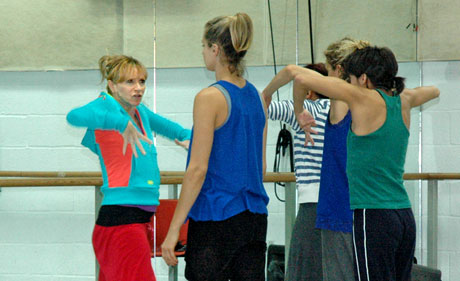
© Mark Baldwin. (Click image for larger version)
Dancers step in and out of rehearsal as they are fitted for costumes; there are some injuries so the run-through will leave much to the imagination. Rambert’s publicity describes Labyrinth as “Glimpses of love’s ups and downs tangle and untangle in the magical and surreal world of a many-faceted labyrinth… the choreography capturing not only the romantic moments of love but its humour and surprise.” For this Donlon chose her own designers, both of whom she had collaborated with before: one of Britain’s leading visual artists, Mat Collishaw, and set and costume designer Conor Murphy. But the score was something of a ‘blind date’, the composer, Michael Daugherty, chosen by Rambert. Daugherty set to music a series of seven poems which will be sung live at each performance; in his words, “The texts I have selected, and the musical landscape I have created, is full of bitterness, desire, longing, ecstasy, irony, tenderness, despair, hope, sadness and humour.” The score is easy-listening and runs intriguingly counter to the emotional complexity of the texts.
Rambert’s director, Mark Baldwin, commissioned her to work with the company after he saw her work in Saarbrucken. There are symmetries between the two companies, he explained. Both Baldwin and Donlon have been directors for ten years, they have similar numbers of dancers, and they both work with live orchestras. The commission, he told me, was part of his ‘Brits abroad programme’, featuring choreographers who have made names for themselves in mainland Europe, but who are less well-known at home. Last year he commissioned Monolith from Tim Rushton, who runs Danish Dance Theatre (Donlon might cavil at being tagged a ‘Brit abroad’. She is determinedly Irish, but her early career was in London).
I liked Donlon. She’s not pushy, but chatty, insistent in a quiet way, no excess of ego. I asked how she first began to dance. Donlon comes from County Longford in the Irish Midlands, where, like many young girls, she learnt Irish dancing. She would create dances at home which her parents had to sit and watch. Irish dancing (this was in a world before Riverdance) is notorious for its regimentation, arms held rigidly to the side of the body and steps strictly codified. Donlon was soon a champion Irish dancer. “I hated these competitions”, she remembers, “but my mother had a fire screen and every time I won a medal it would be pinned to it. And my mother always wanted medals for the fire screen”. Eventually, Donlon began to ignore the competition rules and kept slipping in her own steps. “This threw the adjudicators. They never marked me down”. She kept winning, much to the disgust of other competitors; “’But you didn’t do the steps right; yet you won!’ They always thought it wasn’t fair.” At one competition she made a ballet, using Irish dance steps, of the ancient legend of The Children of Lir (under their step-mother’s spell, they were doomed to live as swans for 900 years). “It is such a shame I don’t have a video”, Donlon rues, “It almost anticipates Riverdance!”
And Marguerite Donlon’s dance career might have ended there, but for the extraordinary chance that a South African ballet teacher, Anica Dawson, came to live nearby along with her Irish husband, Philip, who had returned to County Longford to take over the family farm. Anica opened her own school at Shawbrook (now an important incubator for dance in Ireland), and placed an advertisement in the local paper seeking pupils aged between 6 and 9. “I was 13. I went to my parents’ bedroom and phoned her. She said ‘You are too old’. I was devastated. It was the only time in my life that I ever begged. But I convinced her to take me. And thank God. That was the first door”
It was an extraordinarily late beginning, but Dawson was impressed by her young charge’s determination. After two years, she arranged for Donlon to study with Dorothy Stevens in West Yorkshire, living with her for three years (“Relevé-ing while I washed the dishes in the evenings”) while preparing for A levels.
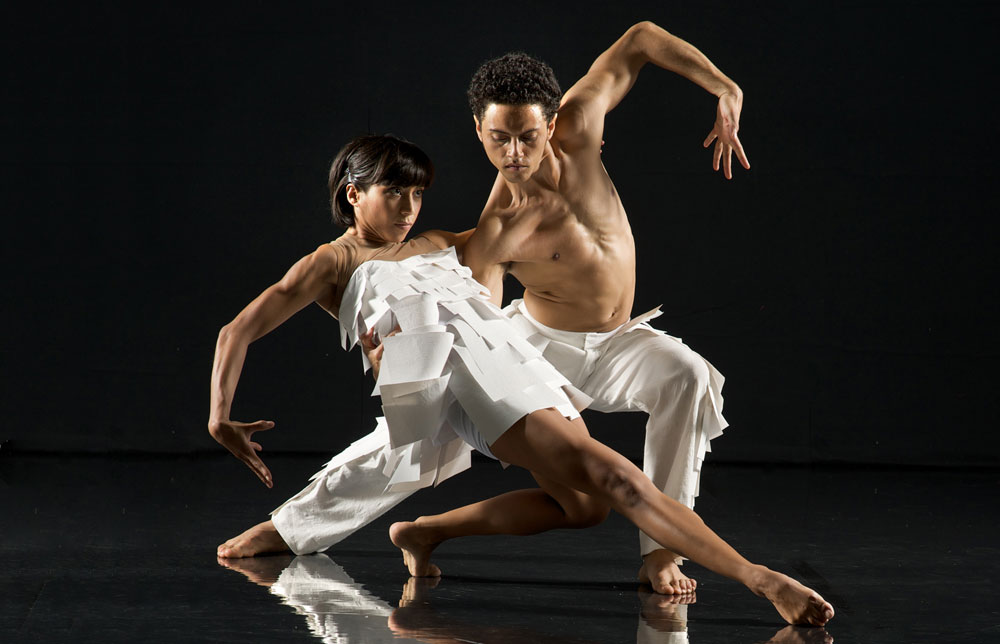
© Chris Nash. (Click image for larger version)
In Donlon’s final year with Stevens, English National Ballet came to Bradford on tour. Donlon asked to take a class with the company and the ballet-master, Kevin Haigen, saw her potential. “Who are you?” he asked. “’Come tomorrow. Bring your pointe shoes’. He worked with me every day for a fortnight. Then I followed the company when they went on to Manchester”. Haigen insisted that Peter Schaufuss, ENB’s director, see her. Schaufuss was adamant that she come to London. As there was no apprenticeship scheme then, Donlon took class and learnt repertory by day, while, to pay her way, she worked as a dresser at the Royal Festival Hall by night (“The dancers were confused: ‘Who are you? Where did you go to school?’ I couldn’t impress then in any way”).
“Peter really nudged me along. He could see raw talent and knew how to push it on. He looked at me as something really raw, raw, raw. He was proud maybe that he could see through that. While other dancers were blasé, I so obviously loved being there”. Soon she was in the company where her fast footwork, honed by her early Irish dancing, distinguished her; solo roles followed and when Schaufuss was offered the directorship of the Deutsche Oper ballet in 1991, Donlon followed him to Berlin..
The following years were immensely fulfilling with solo roles in Cranko’s Onegin and ballets by Kylian, Neumeier and Forsythe. But after Schaufuss moved on in 1994, Donlon recalls, the company’s artistic direction drifted and its creative energy drained away. “I started to do more choreography and I realised that, unless someone could inspire me as an artistic director, I needed to choreograph to keep my direction going. Then, I decided to stop dancing altogether before I became ‘a dancer who complained’.
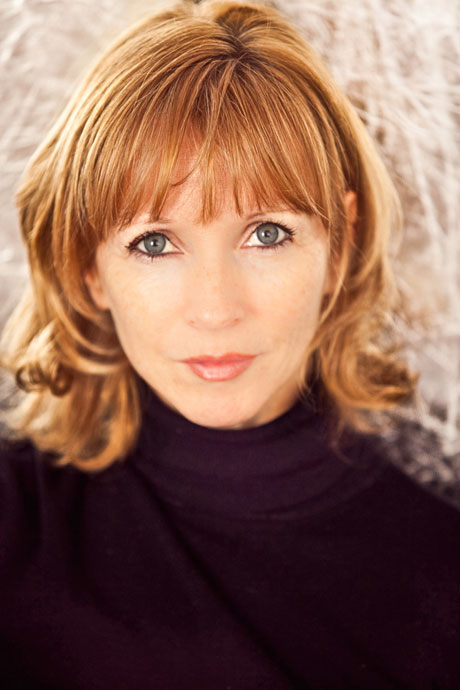
© Maria-Helena Buckley. (Click image for larger version)
Commissions came quickly. The first, Celtic Touch, for the Deutsche Oper was filmed by Eoghan Moore, a young Irish film-maker then based in Berlin. (When Riverdance’s producer, Moya Doherty, saw the piece several years later she proposed to Donlon that they work together. Donlon was flattered but “it wasn’t my world”). Further invitations to create work came from the Vienna State Ballet, NDT2 and Chicago’s Hubbard Street Dance. Finally came the approach from Saarbrucken.
This summer she celebrated ten years there. Her Donlon Dance Company has twenty dancers and its work is widely recognised; Donlon’s Giselle; Reloaded (with an Irish setting) was nominated for the Prix Benois de la Danse and acclaimed ‘Best Premiere of 2006’ by Dance Europe. Ballettanz (along with Die Welt) considered her Romeo and Juliet the most important production of 2007, while in 2012 the yearbook of the magazine Tanz considered her ensemble “Best Company of the Year”. With two performing spaces, an orchestra, and high state subsidies, she has facilities in Saarbrucken that many choreographers would envy.
Donlon is a welcome guest at many companies other than her own. Mark Baldwin described her as a ‘godsend on a plate’: good with the company’s dancers and practised at fielding complex production problems, particularly the transatlantic working relationship with Michael Daugherty, her assigned composer. I was intrigued at Baldwin’s pairing of composer and choreographer. “The way Maggie uses the score is really good”, he explains. “It is important that visiting choreographers have something that throws them slightly off; I don’t want them to do here what they would do with their own companies at home. And it was nice to see her come to terms with the music; it has paid dividends.”











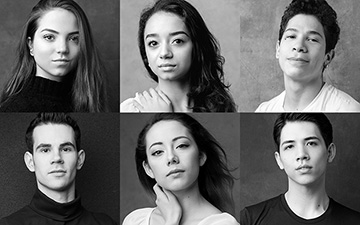


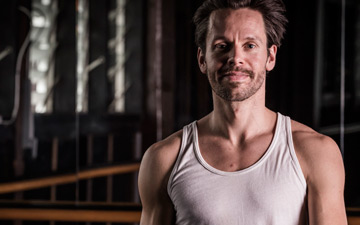
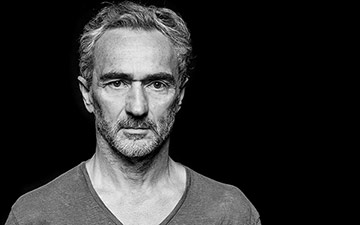
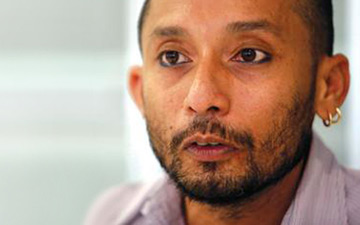
You must be logged in to post a comment.